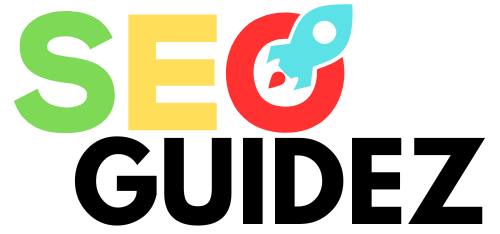E-learning has rapidly become a cornerstone of modern education and training. From academic courses to professional development programs, online learning platforms have transformed how we acquire knowledge. However, as e-learning businesses expand globally, one critical aspect becomes indispensable: video translation. Translating e-learning videos ensures accessibility, inclusivity, and a broader reach, enabling learners worldwide to benefit from quality content.
Breaking Language Barriers
Language is one of the most significant challenges in delivering e-learning content to diverse audiences. While English is widely used, millions of learners prefer to consume content in their native language. By leveraging an online video translator tool, e-learning businesses can translate their video lessons into multiple languages, breaking down language barriers and reaching a global audience.
For instance, a professional development course created in English can be translated into Spanish, Mandarin, or Arabic, allowing professionals from different regions to access the same high-quality training. This inclusivity not only increases the learner base but also fosters a sense of connection and understanding.
Enhancing Accessibility for Diverse Learners
E-learning businesses cater to individuals from various backgrounds, learning styles, and abilities. Translating videos makes content accessible to those who might struggle with the original language. Subtitles, voiceovers, and captions can be added seamlessly using a free AI video app, enabling learners to follow along effortlessly.
Moreover, translation tools help include learners with hearing impairments by offering multilingual captions. This inclusivity ensures that no learner is left behind, aligning with the core values of e-learning: education for all.
Improving Engagement and Retention
Learners are more likely to engage with content that resonates with their cultural and linguistic context. A video translated into a learner’s native language not only improves comprehension but also enhances engagement. Using an online video translator tool, e-learning businesses can localize their courses, ensuring the tone, examples, and references align with the target audience’s culture.
Studies show that learners retain information better when it is presented in their preferred language. By offering multilingual video content, e-learning platforms can significantly boost course completion rates and knowledge retention.
Expanding Market Reach
E-learning businesses aiming to scale their operations globally must consider video translation as a strategic move. Offering courses in multiple languages allows businesses to penetrate new markets and attract a wider audience. A free AI video app simplifies this process by automating translations, reducing costs, and speeding up the localization of video content.
For example, an e-learning platform focusing on IT skills can translate its content into French, German, or Japanese to cater to tech professionals in Europe and Asia. This expanded reach not only increases revenue but also establishes the brand as a global leader in education.
Saving Costs and Time with AI Translation Tools
Manual video translation and subtitling can be time-consuming and expensive. AI-powered tools, like an online video translator tool, streamline the process by automatically generating accurate translations and syncing them with the video. These tools use advanced algorithms to understand context, ensuring the translations are both accurate and relevant.
For e-learning businesses, this means faster course rollouts and reduced production costs. Additionally, the use of AI tools allows smaller businesses to compete with larger players in the industry by offering high-quality multilingual content without breaking the bank.
Supporting Corporate Training and Global Workforce Development
E-learning isn’t limited to academic institutions; corporate training programs also rely heavily on video content. As companies expand globally, training programs must cater to employees from different linguistic backgrounds. Translating training videos ensures that employees, regardless of location, receive the same standard of education and skill development.
Staying Competitive in the E-Learning Industry
The e-learning market is growing rapidly, with new platforms emerging every day. To stand out in this competitive space, offering multilingual content is no longer optional—it’s essential. Learners expect content that is tailored to their needs, and video translation ensures businesses meet these expectations.
By using an online video translator tool, e-learning businesses can consistently deliver high-quality, localized courses. This not only enhances the learning experience but also builds trust and credibility, positioning the platform as a leader in the industry.
Future of Video Translation in E-Learning
As technology advances, video translation tools are becoming more sophisticated. Features like real-time translation, AI-generated voiceovers, and contextual editing are set to revolutionize the e-learning landscape. For businesses, investing in these tools is a step toward future-proofing their operations and staying ahead of the curve.
Conclusion
Video translation is no longer a luxury for e-learning businesses—it’s a necessity. From breaking language barriers to expanding market reach, it plays a vital role in making education accessible, engaging, and inclusive. By leveraging an online video translator tool and a free AI video app, e-learning platforms can deliver multilingual content efficiently and cost-effectively. As the e-learning industry continues to grow, businesses that prioritize video translation will lead the way in shaping a truly global education system.

